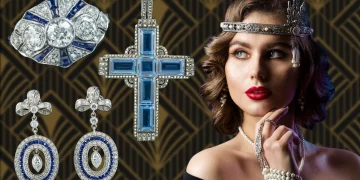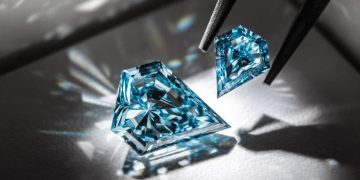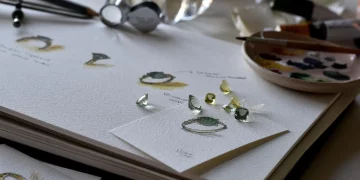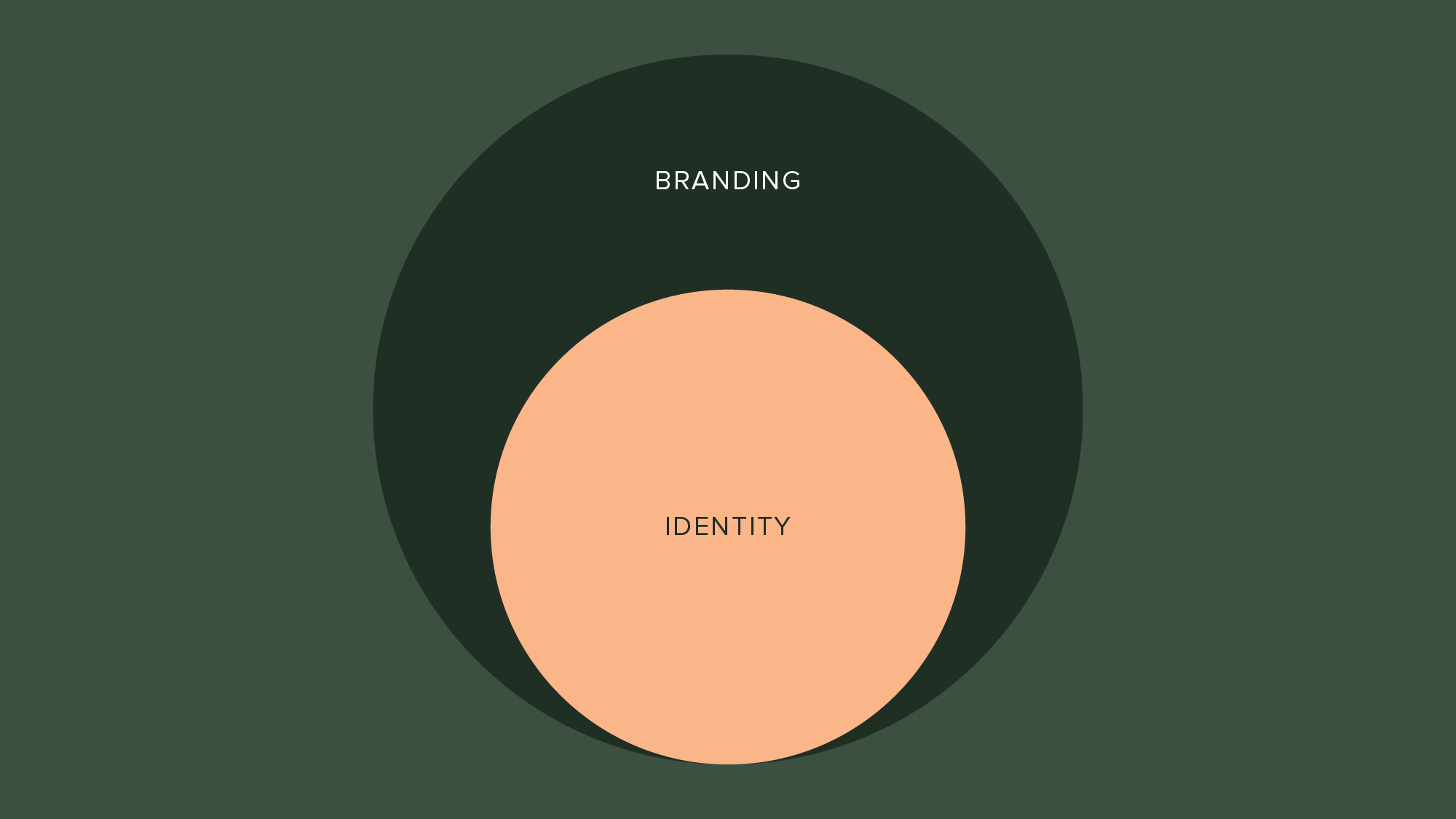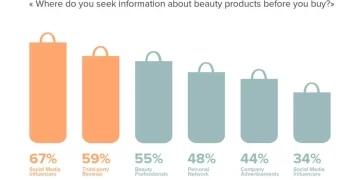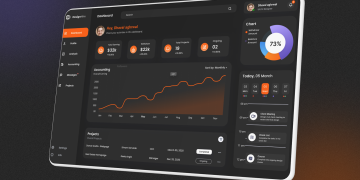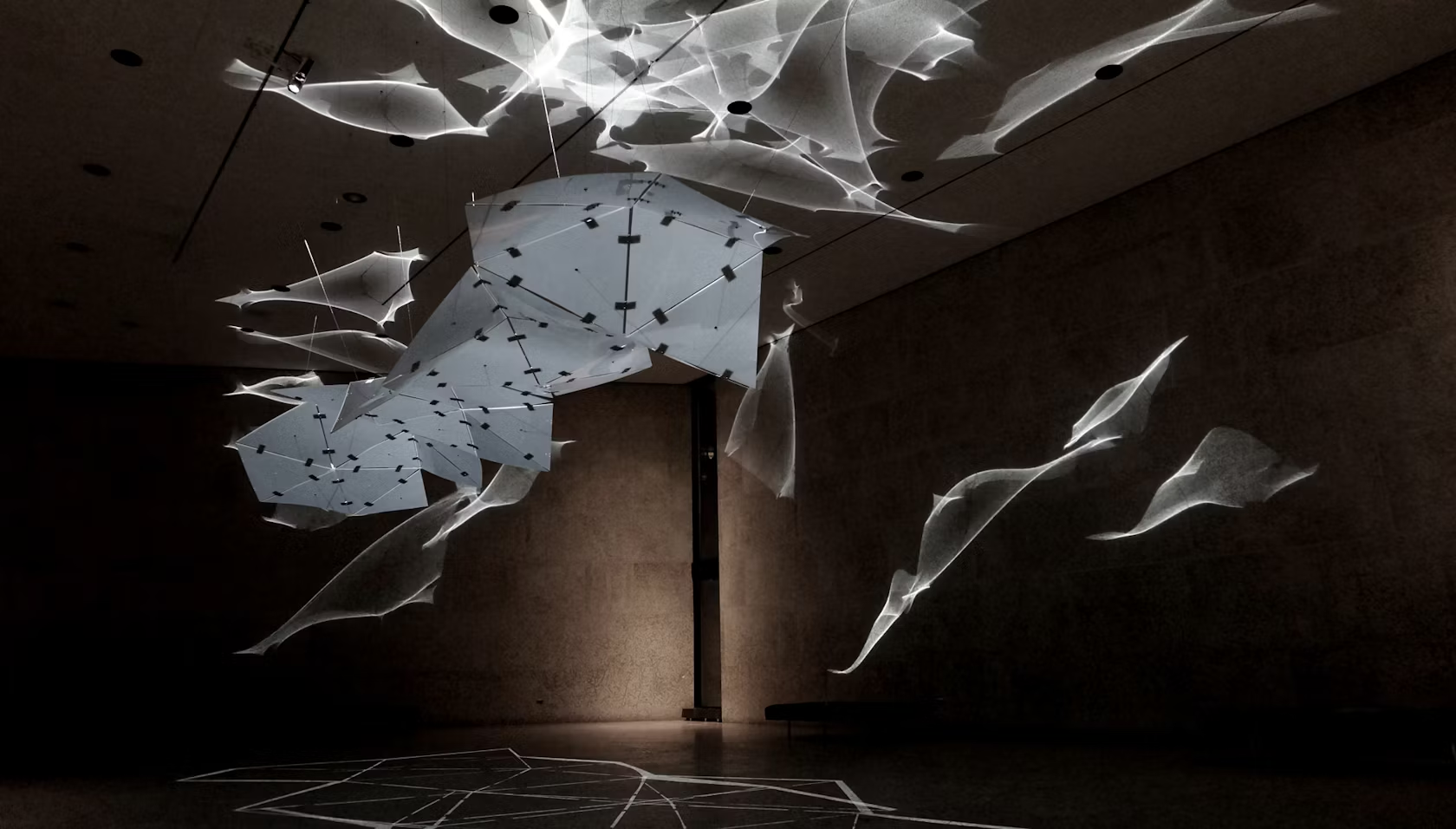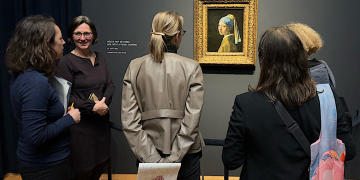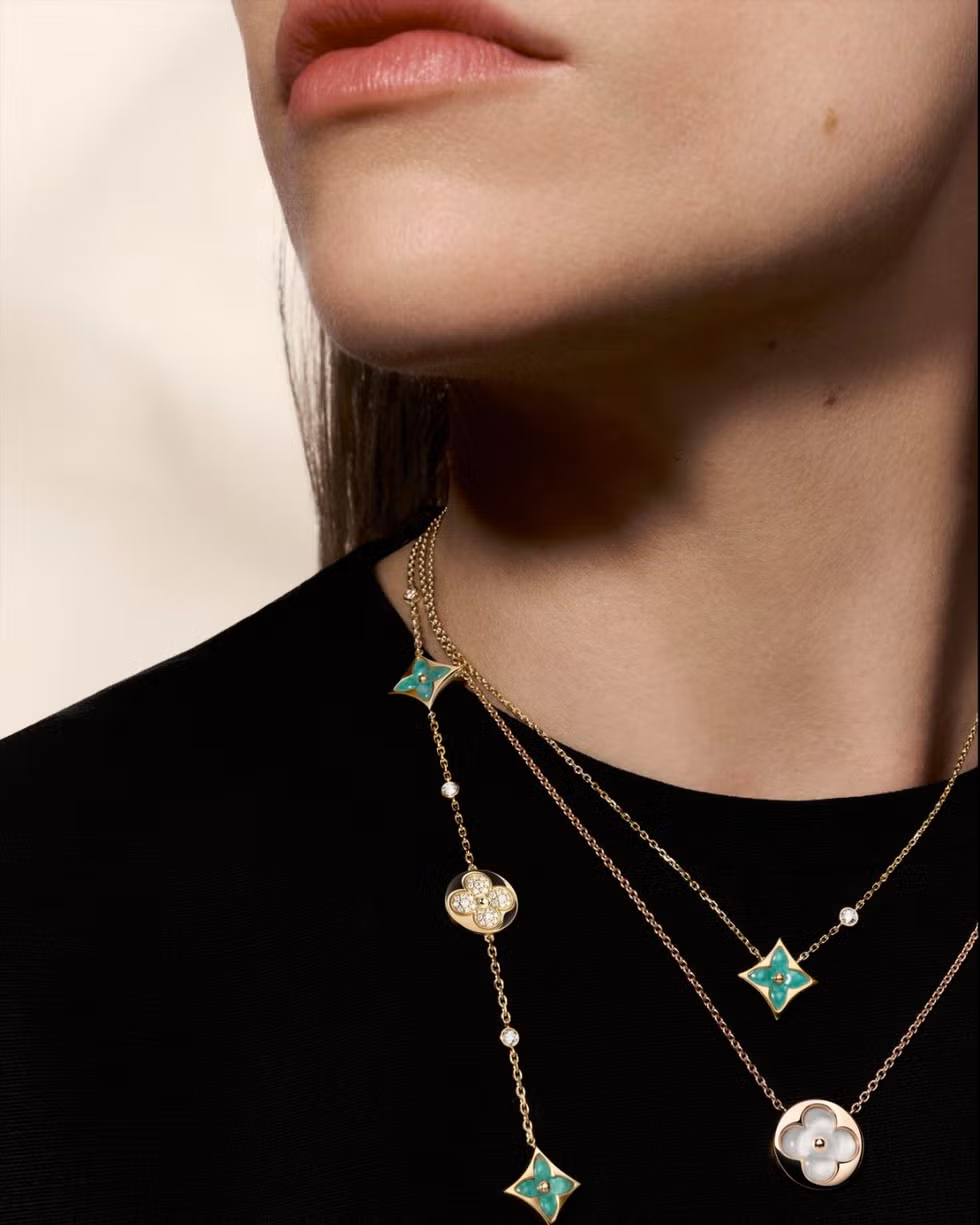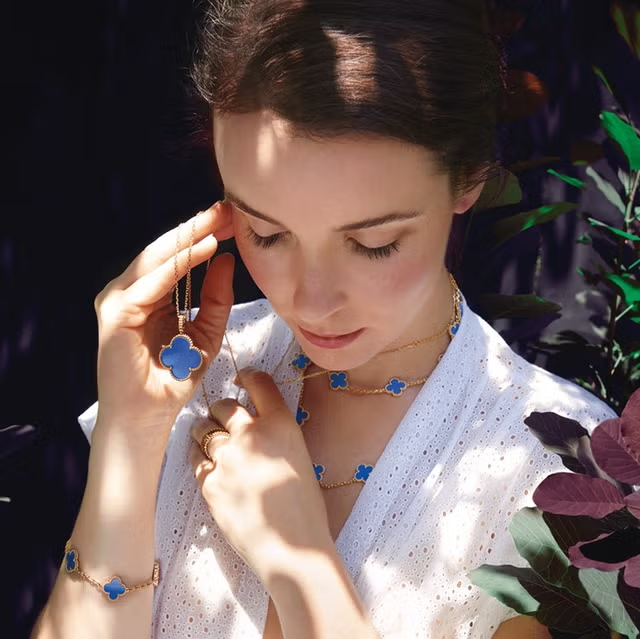Introduction
Luxury jewelry has long been synonymous with exclusivity, artistry, and status. For decades, the global market for high-end jewelry has remained a significant force within the luxury goods industry. Yet, despite the ongoing demand for rare and luxurious pieces, the sector faces challenges in terms of market growth, particularly as it adjusts to shifting consumer preferences, technological advances, and economic volatility. In this environment, luxury jewelry exhibitions have emerged as powerful catalysts, providing the perfect platform for brands to introduce new collections, build stronger relationships with clients, and push the boundaries of what is possible in the world of design.
As we look toward the future, luxury jewelry exhibitions will likely continue to evolve, presenting opportunities to shape the trajectory of the industry in a rapidly changing market. Whether these events can become key engines for growth will depend on how brands, designers, and exhibitors utilize them to engage consumers, create value, and redefine the traditional concepts of luxury.
This article explores the potential of luxury jewelry exhibitions as a growth engine in the market, examining their historical significance, current relevance, and future potential. We will explore the multifaceted roles these exhibitions play, from being an effective marketing tool to driving innovation and sustainability in the industry. We will also analyze how exhibitions provide a unique opportunity for international exposure, brand visibility, and consumer engagement.
I. The Role of Luxury Jewelry Exhibitions in Market Growth
1. Historical Context of Jewelry Exhibitions
- Legacy of Iconic Jewelry Fairs: The story of jewelry exhibitions dates back to the early 20th century, with iconic events like the Baselworld and Venetian Jewelry Exhibition shaping the industry. These exhibitions have long served as critical gathering points for designers, retailers, and collectors, offering them a stage to showcase the best in luxury and craftsmanship.
- Evolution of the Exhibition Experience: Over the years, jewelry exhibitions have evolved from small, exclusive gatherings to expansive global events. With the advent of digital platforms, these exhibitions have opened doors to international audiences, redefining the boundaries of who can engage with the brands and experience the jewelry on display.
2. The Role of Exhibitions in Building Brand Identity
- Exclusive Platform for High-End Brands: Luxury jewelry exhibitions give brands the opportunity to position themselves as leaders in the industry. By presenting their newest collections at prestigious events, these brands can elevate their status, garner press coverage, and attract high-net-worth individuals.
- Differentiating Through Craftsmanship and Design: At these events, exhibitions allow designers to tell the story behind their collections, showcasing their commitment to quality and craftsmanship. Jewelry exhibitions create an environment in which the artistry and intricacy of high-end pieces can be fully appreciated, setting brands apart from competitors in a crowded market.
II. Driving Market Growth Through Innovation and Consumer Engagement
1. Introducing New Trends and Designs
- Showcasing Innovation in Jewelry Design: Jewelry exhibitions serve as a platform for introducing the latest design innovations. The opportunity for designers to showcase their cutting-edge work helps spark new trends in the jewelry market, leading to demand for new styles, materials, and gemstones.
- Technology in Design: Advances in design technology—such as 3D printing, digital sketching, and augmented reality—are making jewelry design more precise and creative. Exhibitions allow designers to showcase the integration of these technologies, creating an exciting intersection between luxury, design, and innovation.
- Sustainability and Ethical Sourcing: As consumers demand more sustainable and ethically produced jewelry, these exhibitions are an opportunity for brands to highlight their efforts in creating environmentally responsible collections. Designers who use recycled materials, conflict-free diamonds, and lab-grown gemstones can engage consumers who are increasingly concerned with sustainability.
2. Consumer Interaction and Engagement
- Building Personal Connections: Luxury jewelry exhibitions create an interactive environment where consumers can engage with the designers themselves. These personal interactions are crucial for building customer loyalty and establishing lasting relationships. Consumers attending these exhibitions can explore the craftsmanship behind each piece, learn about the brand’s heritage, and even customize their jewelry, leading to stronger emotional connections with the product.
- Experiential Retail: Exhibitions allow consumers to experience jewelry in ways that go beyond traditional retail. Events are increasingly focusing on creating immersive environments, where attendees can interact with the jewelry in a hands-on way, such as through augmented reality, design workshops, or live jewelry-making demonstrations. This experiential retail approach generates excitement around the brand and its offerings.
- The Rise of Digital Engagement: In response to the digitalization of the retail space, many jewelry exhibitions are integrating online platforms that allow attendees to experience the show virtually. Virtual tours, online showrooms, and live streaming of presentations are all becoming increasingly important as ways to engage remote consumers and expand the global reach of these events.
III. Global Exposure and International Market Reach
1. Expanding Beyond Traditional Markets
- Targeting Emerging Markets: Jewelry exhibitions offer brands the opportunity to reach new, growing markets. Many luxury brands have expanded their reach into emerging markets like China, India, and the Middle East, where a rising number of high-net-worth individuals are seeking unique luxury items. Exhibitions serve as a powerful entry point for these markets, as they provide access to potential customers who are eager to engage with international brands.
- Creating a Global Platform for Jewelry: A global exhibition allows brands to transcend national borders, connecting with audiences from all over the world. This international exposure can lead to an increased number of international sales, as well as new business opportunities and partnerships.
2. Networking and Collaborations
- Fostering Industry Relationships: Jewelry exhibitions are a prime environment for fostering collaborations between designers, manufacturers, and retailers. These relationships can lead to strategic partnerships that expand market reach and drive future sales.
- Connecting with High-Net-Worth Individuals: Luxury jewelry exhibitions are frequently attended by affluent buyers, collectors, and investors. Brands can use these events to strengthen their relationships with these key stakeholders, potentially leading to bulk purchases, private commissions, and investment opportunities.
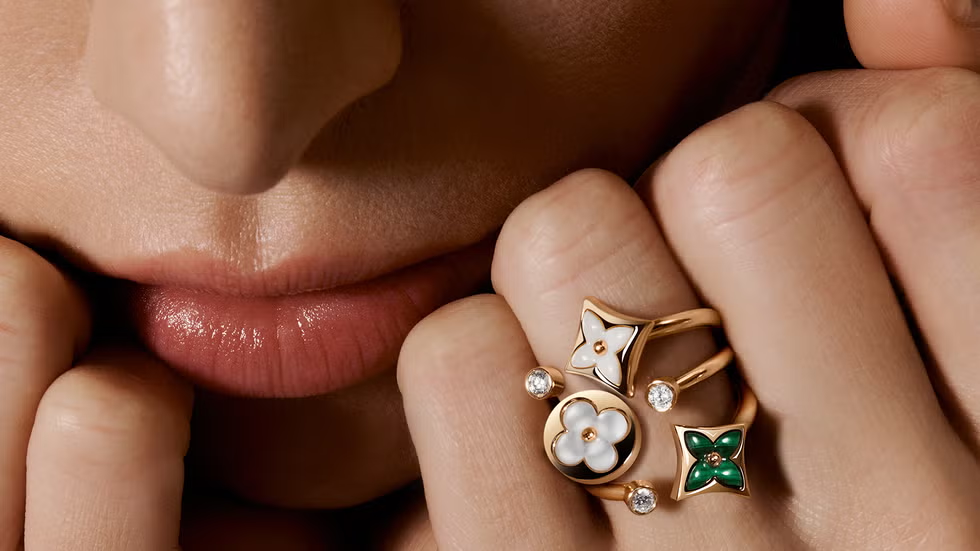
IV. The Impact of Jewelry Exhibitions on Consumer Trends
1. Shifting Consumer Preferences
- Millennials and Generation Z: Younger consumers, particularly millennials and Generation Z, are reshaping the luxury market. These consumers prioritize personalization, sustainability, and technological integration in their purchasing decisions. Jewelry exhibitions can cater to these preferences by highlighting brands that emphasize innovation, eco-friendly practices, and unique designs.
- Growing Focus on Customization: Consumers increasingly desire products that reflect their individuality, and luxury jewelry exhibitions allow for greater personalization. Many brands at these events offer bespoke services, where consumers can work with designers to create one-of-a-kind pieces. This shift toward customization is helping drive growth in the high-end jewelry market.
- Experience Over Ownership: In line with broader consumer trends, the focus has shifted from pure ownership to the experience of luxury. Jewelry exhibitions, with their immersive environments, showcase the art and craftsmanship of the jewelry, allowing consumers to take part in a broader experience that goes beyond just purchasing a product.
2. Emotional and Symbolic Jewelry
- Jewelry as a Form of Self-Expression: Jewelry exhibitions allow consumers to see and understand the deep meanings behind pieces. Whether it’s a piece representing a personal milestone or a symbol of love, consumers are looking for jewelry that connects with their emotions. Exhibitions are ideal for displaying these kinds of symbolic pieces, which resonate more deeply with consumers than traditional luxury items.
- A New Era of Storytelling: Jewelry exhibitions often incorporate storytelling as part of the presentation. Designers and brands share the narratives behind their collections, connecting on a deeper level with the audience. These stories, which may reflect cultural heritage, personal journeys, or artistic inspiration, can significantly influence consumer purchasing behavior.
V. Challenges and Opportunities for Luxury Jewelry Exhibitions
1. The Competition for Attention
- Standing Out in a Crowded Market: While exhibitions offer significant opportunities, they also come with challenges. The luxury jewelry market is becoming increasingly saturated, with numerous brands vying for attention. To stand out, exhibitions need to offer unique experiences that go beyond product displays, such as live demonstrations, immersive environments, and engaging storytelling.
- Adapting to Changing Consumer Behavior: As consumer expectations evolve, jewelry exhibitions must continually adapt. This includes integrating digital platforms, creating interactive and personalized experiences, and aligning with the sustainability values that modern consumers care deeply about.
2. Maximizing Value for Brands
- Return on Investment: Exhibitions can be costly, and brands need to ensure that their participation leads to significant ROI. This could include direct sales, increased brand awareness, and the creation of long-term relationships with consumers and industry professionals.
- Strategic Event Planning: For exhibitions to serve as key drivers of growth, organizers must focus on curating high-quality, targeted events that attract the right audience. This involves strategic marketing, collaboration with key influencers, and ensuring that the event aligns with the brand’s overall goals.
Conclusion
Luxury jewelry exhibitions have the potential to be powerful engines of growth for the jewelry market. By showcasing cutting-edge designs, leveraging technology, fostering international connections, and responding to consumer demands for personalization and sustainability, these events can continue to shape the future of the industry. However, for them to become true engines of growth, they must adapt to changing market conditions, appeal to younger and more diverse consumers, and offer unique, immersive experiences that create lasting impressions.
In 2025 and beyond, jewelry exhibitions will play an increasingly pivotal role in not only promoting the beauty and craftsmanship of luxury pieces but also in driving market trends, expanding brand reach, and building meaningful connections between designers and consumers.




